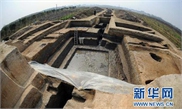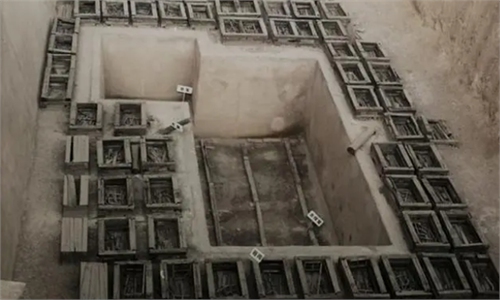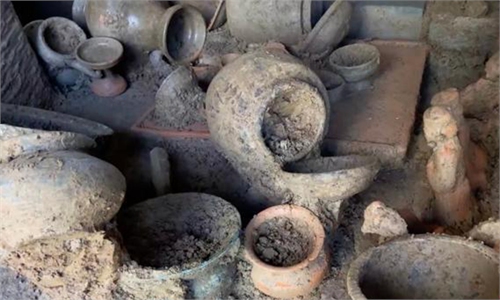ARTS / CULTURE & LEISURE
New unearthed items of ‘Marquis of Haihun’ tomb exhibited for Cultural and Natural Heritage Day
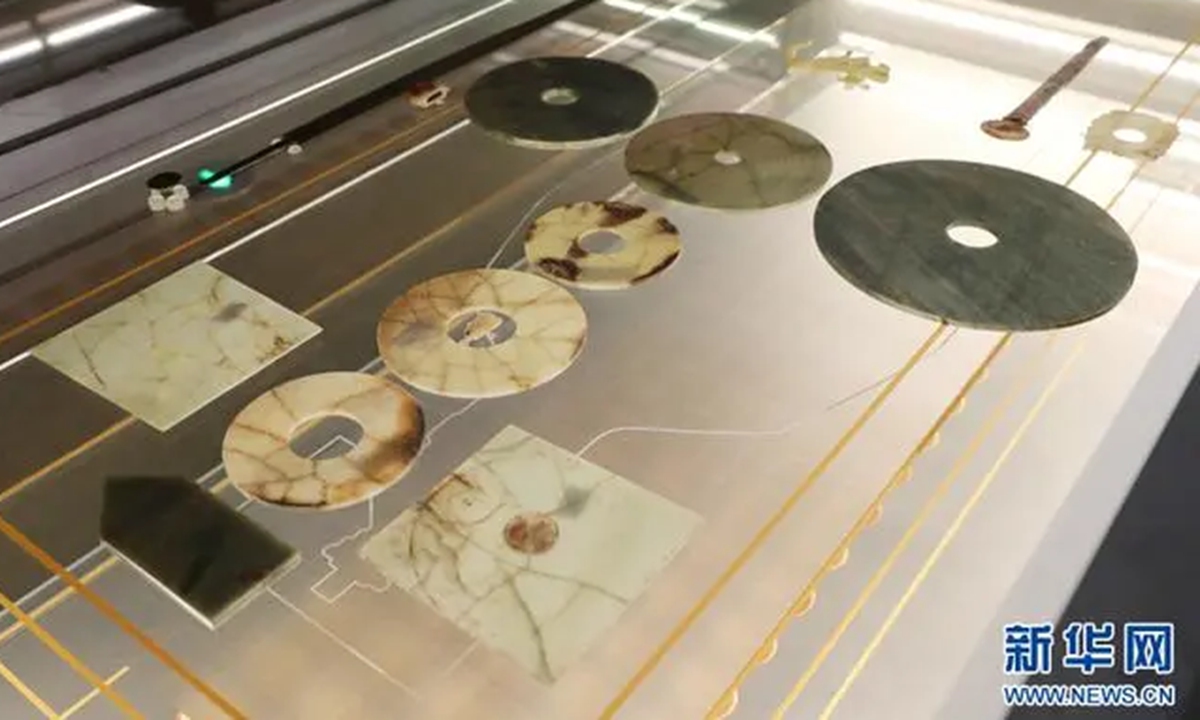
Photo: Xinhua
A group of jade artifacts, unearthed from the main coffin of Marquis of Haihun, Liu He's tomb, were exhibited for the very first time at the Nanchang Relic Museum of Haihunhou State of Han Dynasty in East China's Jiangxi Province on Saturday, the Cultural and Natural Heritage Day.
The excavation of the tomb of the Marquis of Haihun was one of the most significant archaeological activities in the country in recent years. The Western Han Dynasty (202 BC-25 AD) tomb, located in the provincial capital Nanchang, was one of the few imperial tombs not to be looted.
The marquis Liu was the grandson of Emperor Wu, whose reign ushered in one of the most prosperous periods in China's history. Liu was given the title Haihunhou after he was deposed as emperor following only 27 days in this role. He was dethroned by the royal clan, because of what they considered a lack of talent and morals. Haihun is the ancient name of a very small kingdom in north Jiangxi.
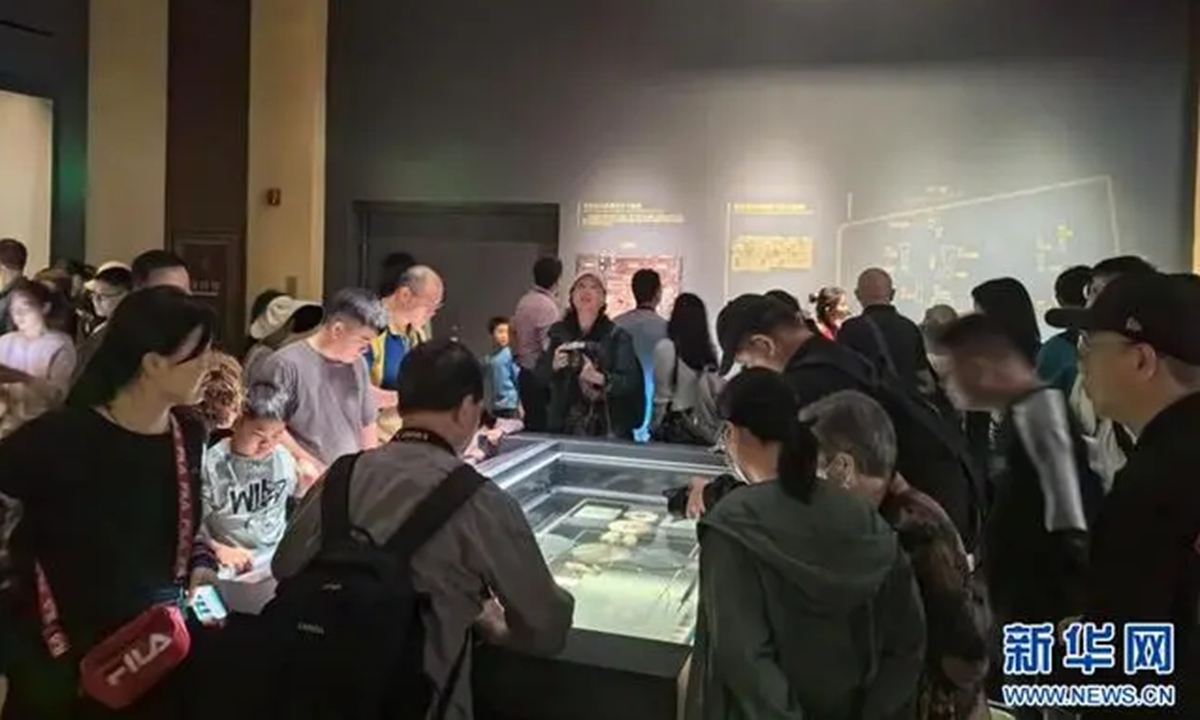
Photo: Xinhua
The new cultural relics on display include six bis, a type of circular ancient Chinese jade artifact and two trapezoidal-shaped jade ornaments, all of which were unearthed from the main coffin of Liu He's tomb. These bis in varying sizes were placed on Liu's face, chest and other parts. The largest one reached 28.3 centimeters in diameter. Different patterns, from dragon, phoenix to grain, were found on the recovered artifacts.
According to burial practices of the time, which required the dead to be treated as if they were alive, the interior chamber of the tomb was divided into a bedroom on the east side and a living room on the west side, resembling the living environment of the marquis Liu He when he was alive.
This group of jade articles together with other items unearthed from the main coffin like jade belt hooks and bronze swords present the live scene in Liu's main coffin. The remains of Liu were found in the coffin in the interior chamber of the main tomb and removed in January 2016 for further research.
Since 2011, more than 10,000 pieces of relics have been unearthed in the excavation of the tomb. Among the unearthed are nearly 480 goldware items and processed rehmannia root confirmed as the earliest sample of processed herbal medicine found in China.
